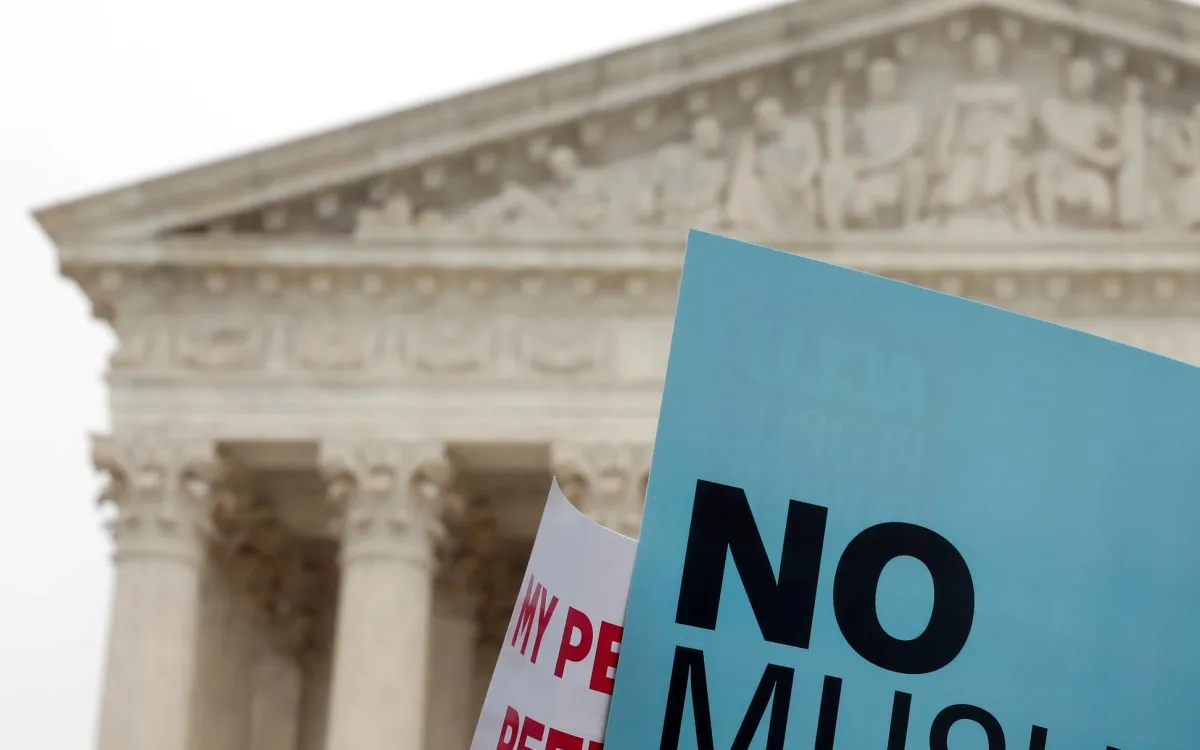
In a recent report by The New York Times, it has been revealed that the administration of United States President Donald Trump is considering a new travel ban that could potentially impact citizens from numerous countries. This proposal is expected to result in varying degrees of travel restrictions for these nations, as outlined in a draft list comprising 43 countries.
The draft plan categorizes the 43 countries into three distinct groups based on the severity of the travel restrictions. The first group includes 10 countries: Afghanistan, Iran, Syria, Cuba, and North Korea. Citizens from these nations would face a complete suspension of their visa applications, effectively barring them from entering the US.
The second group, consisting of five countries—Eritrea, Haiti, Laos, Myanmar, and South Sudan—would encounter partial visa suspensions. These restrictions would specifically target tourist and student visas, as well as other immigrant visas, though some exceptions may apply.
Finally, the third group encompasses 26 countries, including Belarus, Pakistan, and Turkmenistan. Citizens from these nations could face a partial suspension of US visa issuance unless their governments demonstrate efforts to remedy existing deficiencies within a 60-day period, as stated in the draft memo.
A US official, speaking under the condition of anonymity, mentioned to the Reuters news agency that the draft list is subject to change and has not yet received approval from the administration, which includes US Secretary of State Marco Rubio. This proposal comes on the heels of an executive order issued by President Trump on January 20, mandating enhanced security vetting for foreigners seeking admission to the United States. The goal is to identify potential national security threats more effectively.
As part of his broader immigration crackdown initiated at the start of his second term, Trump outlined his travel ban strategy in an October 2023 speech. He emphasized his intent to restrict entry from regions such as the Gaza Strip, Libya, Somalia, Syria, Yemen, and other areas deemed security threats.
This latest travel ban proposal draws parallels to Trump’s initial ban on travelers from seven predominantly Muslim nations during his first term. That controversial policy underwent several modifications before being upheld by the Supreme Court in 2018. The original ban targeted citizens from Iran, Iraq, Libya, Somalia, Sudan, Syria, and Yemen, sparking both international condemnation and legal challenges within the United States. Over time, Iraq and Sudan were removed from the list, but the Supreme Court ultimately upheld a revised version of the ban, which also included North Korea and Venezuela.